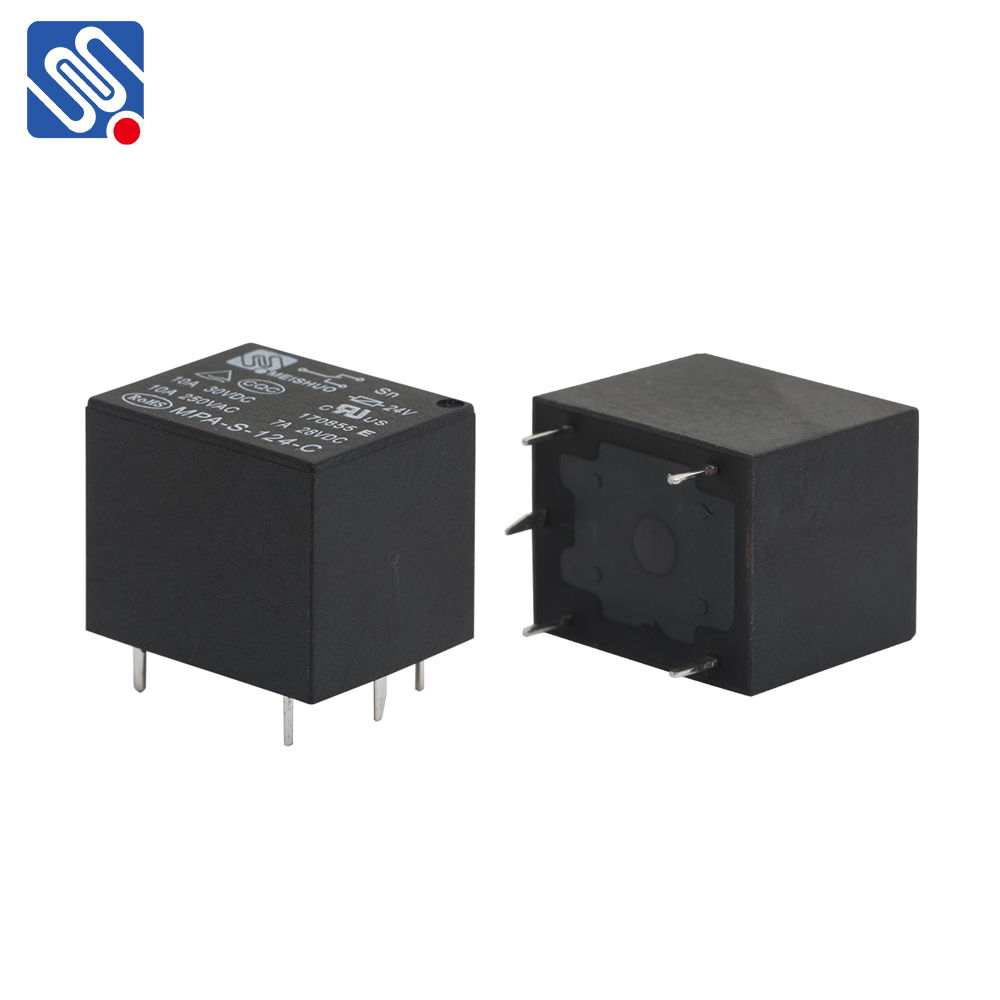understanding the 12 volt relay: a vital component in modern electrical systems
Release time:2025-08-20 08:03:11
Relays are essential components in the electrical world, allowing a small current to control a larger current. Among these, the 12 Volt relay is one of the most commonly used in various applications, particularly in automotive, home automation, and industrial systems. A 12V relay is designed to operate with a 12-volt power source, commonly found in car batteries and many household devices. In this article, we will explore the structure, working principle, types, applications, and advantages of the 12 Volt relay.

What is a 12 Volt Relay?
A relay is an electrically operated switch that allows one circuit to control another, typically of higher power. The 12 Volt relay specifically refers to a relay that is activated using a 12-volt electrical signal. When this voltage is applied to the relay’s coil, it creates a magnetic field that moves an internal armature, closing or opening electrical contacts. This action, in turn, controls the flow of electricity through a separate circuit.
The 12V relay is characterized by its low-power control circuit (12V), which triggers a higher power output circuit, making it an ideal choice for controlling devices with different power requirements. Relays can be mechanical or solid-state, but the most common type used in automotive and household applications is the mechanical relay.

